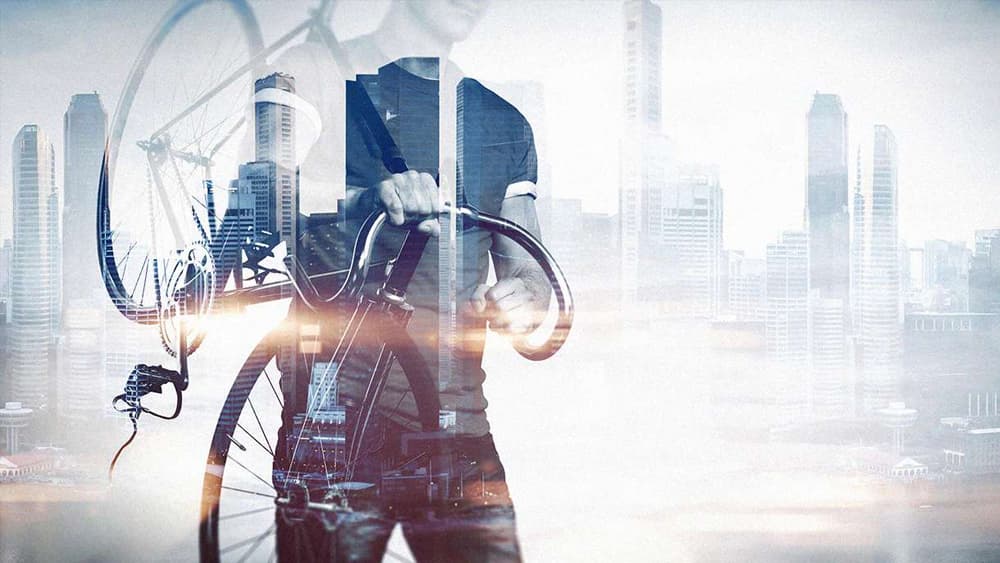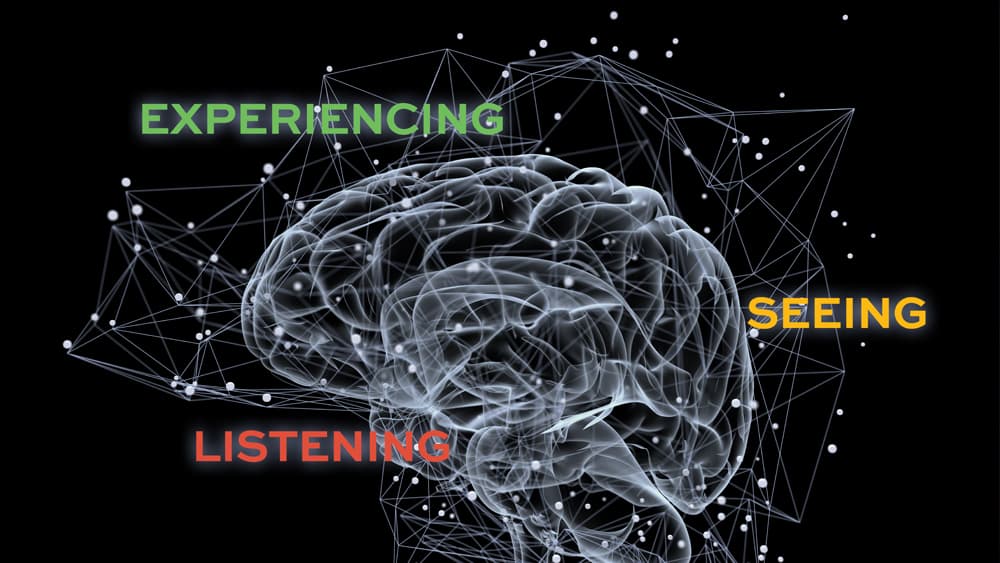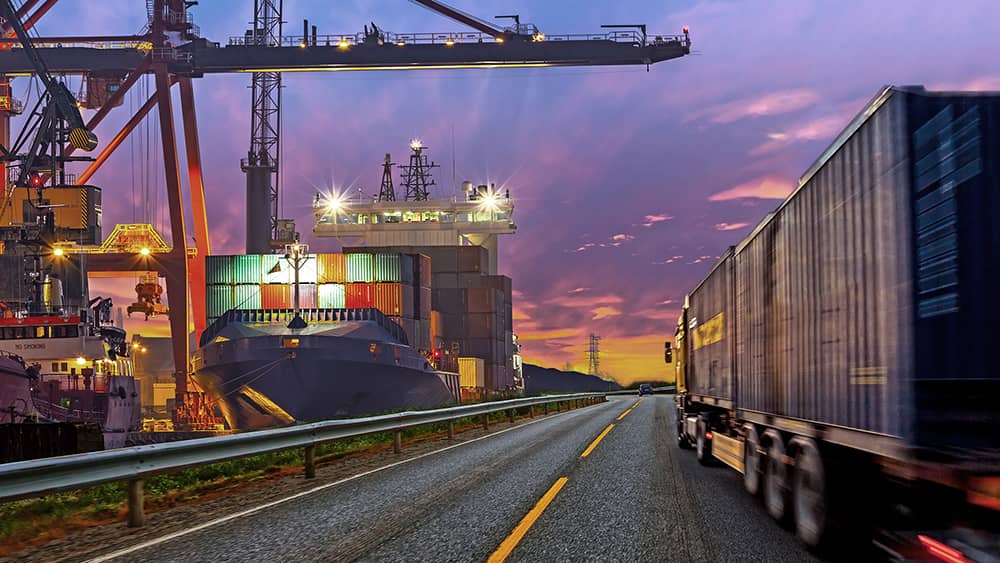Circular Economy
In this article Inchainge discusses everything you need to know about the circular economy. What is a circular economy, and why is it so important? Read more in our article and learn how Inchainge can offer you the possibly to experience the circular economy in our business games.
What is a circular economy?
A circular economy is an economic system which decouples growth from negative externalities by building on the following three key circular economy principles:
- Designing out waste and pollution
- Keeping products and materials in use
- Regenerating natural systems
Why is a circular economy important?
With a gradual implementation of the above stated circular principles, economic paradigms (efficient use of scarce resources, cost savings and profitability) are combined with societal values (equal society, societal well-being) and the objective of sustaining natural capital.
The circular economy can be considered a sustainable economic system. Because if it is implemented correctly, it multi-solves pressing issues at an economical, societal, and natural level. It is arguably the solution to the following question: How do we achieve a green and sustainable economy? And why should we?
The circular economy is hugely beneficial: waste prevention, eco-design and re-use could save up to €600 billion annually (across the EU), while also reducing annual greenhouse gas emissions by up to 4%.
A more circular economy thereby relieves pressure on the environment, secures the continuous supply of raw materials, fosters innovation, and boosts economic growth by creating up to 580 000 jobs in the EU alone.
Also the consumer would benefit by receiving overall more durable and innovative products that last longer.
If the economic theory behind the circular economy is so promising, one might wonder why it hasn’t been set in place yet?
Is a circular economy realistic?
A perfectly circular economy will most probably remain a utopian concept because there is a certain level of waste in almost every process. Currently, our global economy is 8,6% circular, according to the Circularity Gap report.
However, there is room for optimism, given the opportunities a circular economy comprises. A realistic scenario would be a gradual development of several sectors towards an economic system, which operates partially or mainly under circular principles.
How do you achieve a circular economy?
There are six major circular economy schools of thought:
- The functional service economy, also called the performance economy, is a school of thought developed by Walter Stahel in 1976. It promotes a “closed loop” approach to production processes with emphasis on selling service rather than products. The functional service economy is based on the following principles: product-life extension, long-life goods, reconditioning activities, and waste prevention.
- The Cradle to Cradle, or C2C is a design philosophy that differentiates between biological and technical nutrients. In this philosophy nutrients are all materials involved in industrial and commercial processes. The Cradle to Cradle framework focuses not only on reducing the negative impact of products, but also promotes their positive impact. In a Cradle to Cradle design, products and their components are designed for continuous reutilization often throughout their biological and technological lives.
- Biomimicry developed by Janine Benyus. Biomimicry ‘studies nature’s best ideas and then imitates these designs and processes to solve human problems’. Among others, the principle of Biomimicry is to learn from nature as a mentor. Humans should value nature not based on what they extract from it but based what they can learn from it.
- The industrial ecology focuses on the material and energy flow in industrial systems. This school of thought designs an approach in which waste serves as input and any notion of undesirable by-product should be eliminated.
- Natural capitalism describes overlapping business and environmental interests. Thus, it recognizes the interdependencies existing between the production and use of human-made capital and flows of natural capital. One of the principles of natural capitalism is to reinvest in natural capital – to restore and regenerate natural resources.
- The blue economy systems approach, states that by ‘using the resources available in cascading systems, (…) the waste of one product becomes the input to create a new cash flow’.
From a business perspective, a company can implement different circular strategies to achieve high levels of circularity.
Is a circular economy a new concept?
The field “circular economy” is relatively new and literature, as well as business models, are developing quickly. Many of the concepts are, however, not new at all. Think for example about replanting, repairing and reusing, which people did already 100 years ago.
Even though many of the concepts aren’t new in themselves, the scope of the circular economy (system thinking) and the hope to create real sustainable economic development is what drives the current progress.
The technical and biological loops of the circular economy
The circular economy is oftentimes visualized in a butterfly diagram with two wings which represent two loops: the biological loop and the technical loop. The biological loops contain cycles of biodegradable resources, which can naturally regenerate. The technical loops contain cycles of manufactured materials which can only be reused, repaired, remanufactured, or recycled.
You might want to learn more about

The Blue Connection
The Blue Connection is an innovative web-based business simulation game. It engages participants in the transformation from a linear to a circular value chain by implementing a circular strategy for a virtual e-bike manufacturer. In teams of 4, participants will represent the functional roles of VP Finance, VP Purchasing, VP Supply Chain, and VP Sales. Experience the circular way of doing business for a sustainable future!

Experiential learning
Experiential learning is a powerful way of education that fosters numerous benefits. We truly believe that going through an experience, will result in a better and longer lasting understanding. What is experiential learning exactly? And why should it be implemented? In this article, Inchainge discusses everything you need to know about experiential learning.

Business games
A high-performing value chain needs the collaboration of team members from across the organization. Tearing down silos and creating the right cross-functional mindset, however, can be a serious challenge. So, what do you need in order to achieve success? Ideally, you’d like your team to experiment with different scenarios wherein they learn to overcome various obstacles.

Logistics footprint
Understanding what a logistics footprint is, and why it should be as small as possible can make the decisive difference in competitiveness for a company. But how can a business tackle the size of its logistics footprint? And why does a good warehouse strategy play an important role in doing so? In this article, Inchainge discusses everything you need to know about the logistics footprint.
Dive into our
knowledge base
Alignment
Blended learning
Experiential learning
Learning
Supply chain
Sustainability
- Sustainability
- Carbon footprint
- Circular Economy
- Does Green Governance drive the ride to a sustainable future?
- Everything You Need To Know About Eco-Efficiency
- Greenwashing: Everything you need to know
- Is it possible to measure the Triple Bottom Line?
- Sustainability v/s Circularity
- The 3Ps Series: People
- The 3Ps Series: Planet
- The 3Ps Series: Prosperity
- The Butterfly Diagram
- The Value Hill
- What are the 3Ps of Sustainability?
- What do we know about the Triple Bottom Line?

